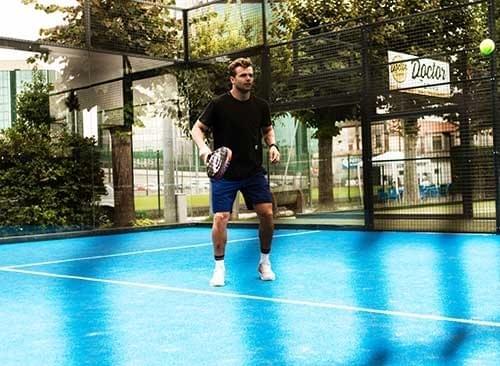

The Cost of Building a Padel Court An Overview for Investors
Padel tennis, a sport that combines elements of tennis and squash, has been gaining immense popularity across the globe. As more people embrace this fun and engaging sport, the demand for padel courts is increasing. For investors and entrepreneurs looking to capitalize on this trend, understanding the cost of building a padel court is crucial. In this article, we will explore the various factors that contribute to the overall cost of constructing a padel court, helping potential builders make informed decisions.
1. Land Acquisition Costs
The first step in building a padel court is securing suitable land. The price of land varies significantly depending on the location, size, and accessibility. Urban areas tend to have higher land costs than rural areas, which can significantly impact the overall expenditure. A plot of land specifically designated for sports facilities can be more expensive but might save on zoning and regulatory hassles. It is vital for investors to conduct thorough market research to determine the best location that balances cost and potential player traffic.
2. Court Construction Costs
The construction of the padel court itself is the primary expense. The cost can vary based on the materials used, court size, and design. Typically, a standard padel court measures 10 meters wide and 20 meters long. The construction involves the following components
- Base Preparation This includes grading and compacting the ground, which can vary in cost based on soil conditions. - Surface Material The playing surface can be made of artificial turf, concrete, or other materials, each with differing costs and maintenance needs. - Walls and Fencing The walls, usually made of glass and/or mesh, are critical for gameplay and range in price based on quality and design. - Lighting Proper lighting is essential for evening play, and the installation of high-quality LED lighting can add significantly to the initial investment.
Collectively, construction costs can range from $30,000 to over $100,000 per court, depending on these factors.

For a complete padel experience, additional amenities are often required. These may include
- Changing Rooms and Showers Providing basic facilities for players can enhance the overall experience and attract more clientele. - Seating Areas Spectator stands or benches can add to the court’s appeal during tournaments or casual play. - Clubhouse If you plan to develop a multisport facility, a clubhouse for socializing and other activities can be a worthwhile investment.
Adding these facilities can increase initial costs but can also provide a more comprehensive service that attracts more players and, thus, generates higher revenues.
4. Ongoing Costs
Once the padel court is built, ongoing operational costs must be considered. These include maintenance of the court and surrounding facilities, staff salaries, utilities, insurance, and marketing expenses. Maintenance is crucial as it ensures the longevity of the court and player satisfaction, which directly impacts profitability.
5. Revenue Generation Opportunities
Investing in a padel court can lead to multiple revenue streams. Courts can be rented out for individual play, group lessons, or tournaments. Additionally, hosting padel leagues or events can help draw large crowds, enhancing income potential. Offering memberships or loyalty programs can also encourage repeat clientele.
In conclusion, understanding the cost of building a padel court involves analyzing various factors, from land acquisition to ongoing operational expenses. While initial investments can be significant, the potential for revenue generation and the skyrocketing popularity of padel tennis make it an attractive venture. With proper planning and execution, establishing a padel court can be a financially rewarding investment in today’s sports market.
High-Performance Industrial Flooring Solutions China Paddle Tennis Court for Sale
High-Performance Industrial Flooring Solutions Durable & Cost-Effective
Homogeneous Transparent Floor – Durable & Stylish Rubber Floor Solutions
Premium Homogeneous Transparent Floor for Durable & Stylish Spaces Rubber Floor Solutions
Premium Sports Floor Solutions Durable PVC Sports Floor & Rubber Floor for Gyms
Durable Rubber Composite Floor Premium Rubber Floor & Mats Solutions